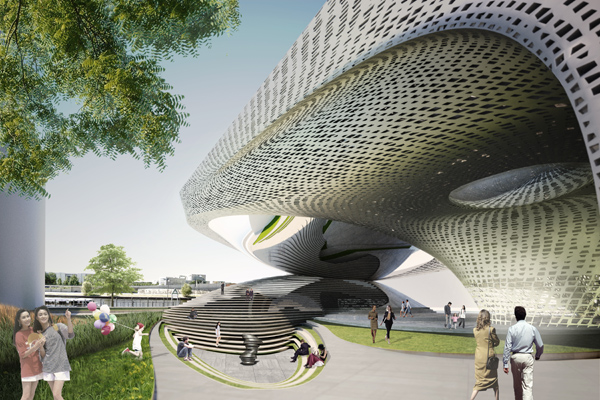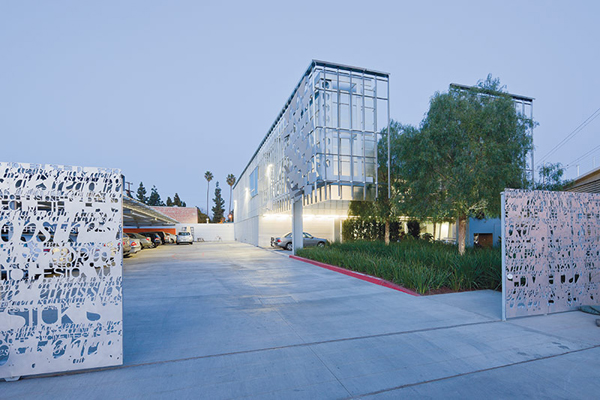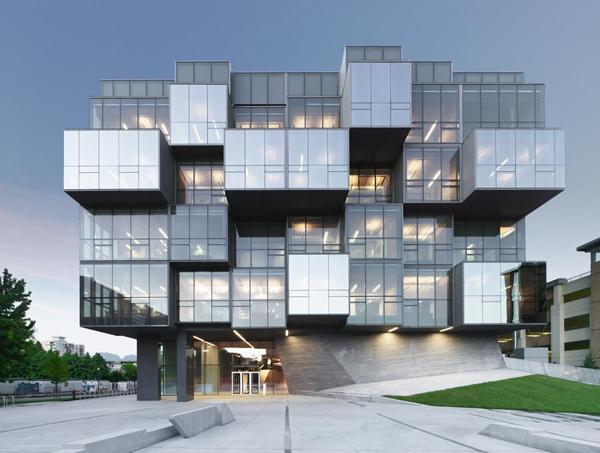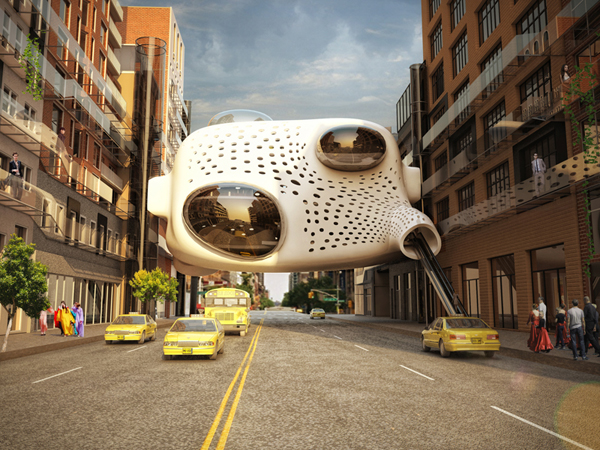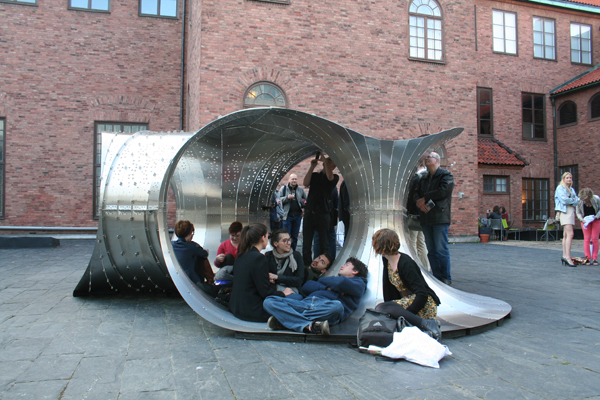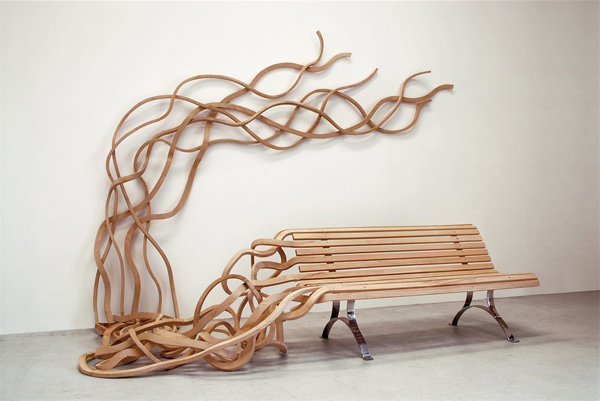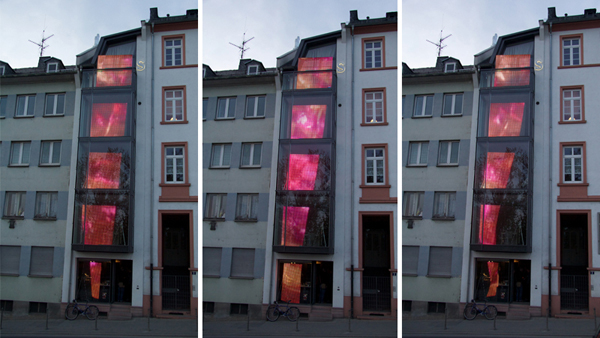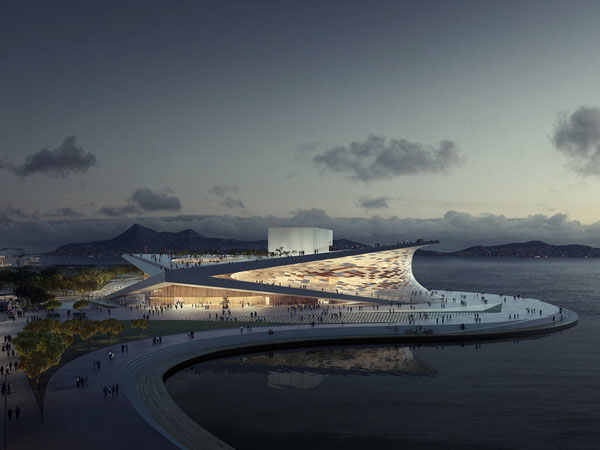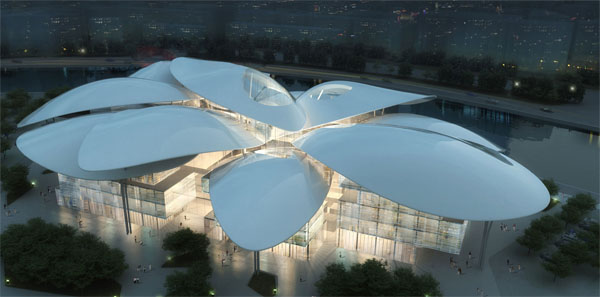The forming of the urban context is based on the existing territory, something that changes slowly, and human activities, which are changing all the time. Due to the non-stop pace of human activities, the urban context remains in a cycle of perpetual negotiation. Like organic tissue, the city is always in a state of growth, decay, and rebirth.
In the initial forming of a city, people gather according to their habitual behaviors, which are collective ideas. The multiple and collective ideas often made singular. However, in the development of urbanism, master plans are always rigid and lack tolerance and changeability, like a machine. However, when a mechanical system is broken, it forms another context, in which the city can release and breath. Therefore, I would argue that an ideal urban design should be like a coordinating machine that retains flexibility for its users to adapt the city for themselves. Read the rest of this entry »

